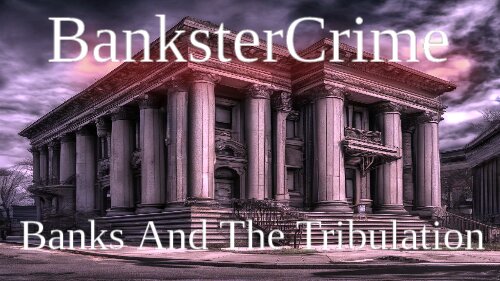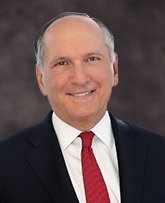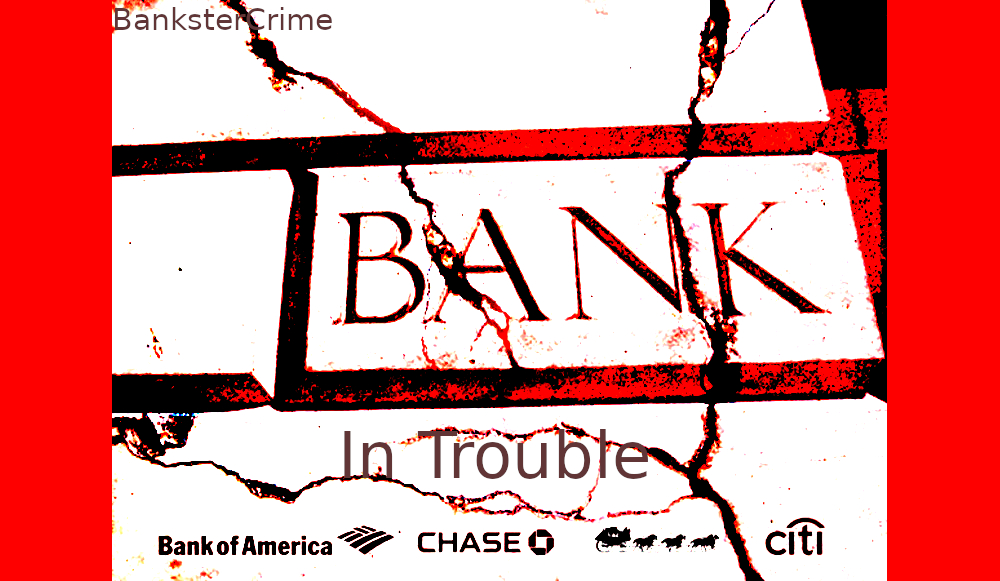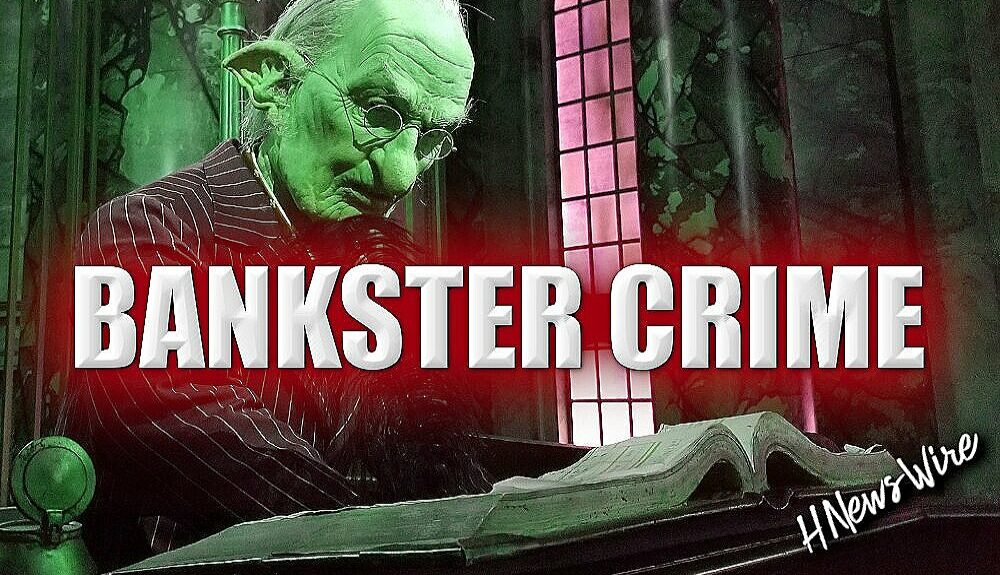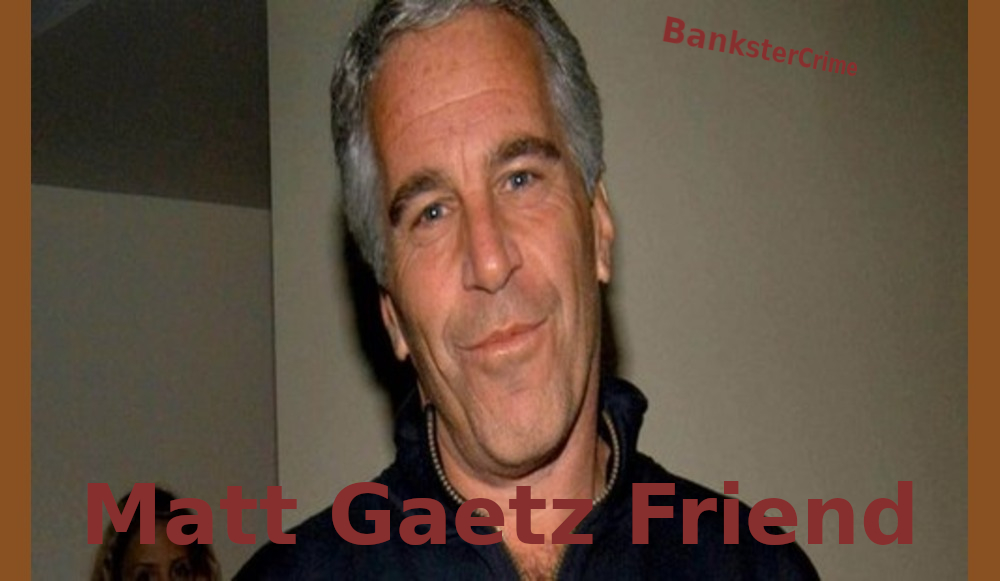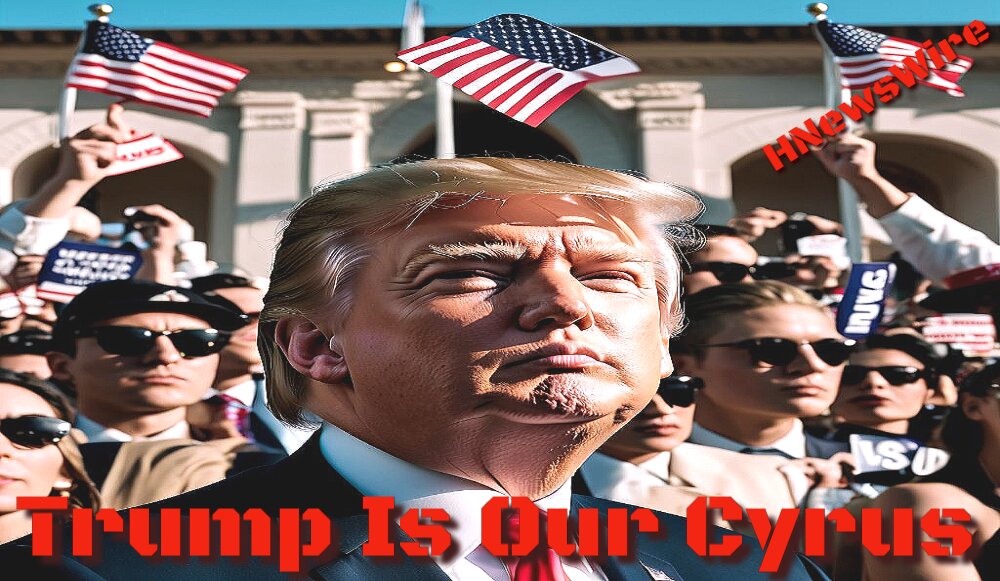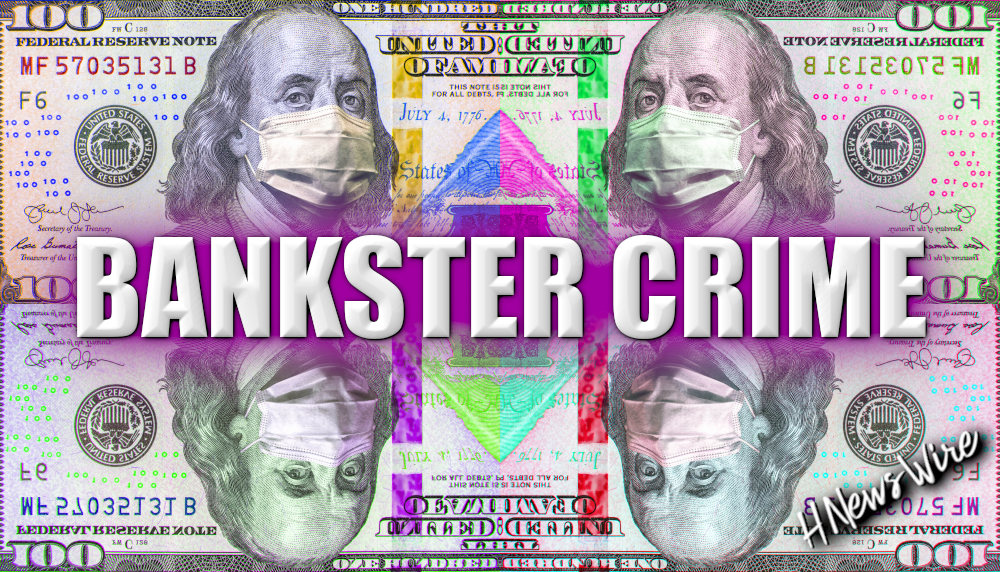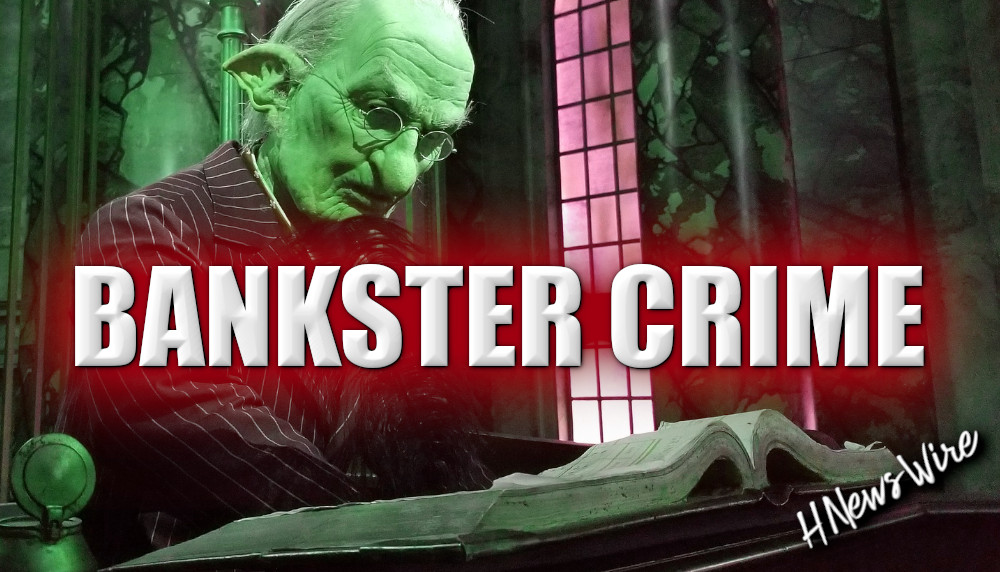After Getting the Largest Bailout in U.S. History in 2008, 85.5 Percent of the $1.34 Trillion in Deposits at Citigroup’s Citibank Lack FDIC Insurance Today

BanksterCrime:
By Pam Martens and Russ Martens:
As evidenced by the speech that the FDIC Chair, Martin Gruenberg, delivered at a conference yesterday, the FDIC is very much aware that both the level of uninsured deposits and the concentration of those uninsured deposits among a handful of mega banks is a serious problem for the U.S. banking system. Gruenberg didn’t name names, but we will do that in this article.
Gruenberg pointed out in his speech that year-end data for the three banks that failed this past spring indicated that anywhere from 90 percent to 70 percent of their deposits were uninsured. (During a banking panic, uninsured deposits are typically those that head for the exits at the fastest clip.)
But those three failed banks (Silicon Valley Bank, Signature Bank and First Republic Bank) were minnows compared to the asset-size of the banking whales which now account for the lion’s share of uninsured deposits in the U.S. banking system.
According to the FDIC, as of June 30 there were 4,645 federally-insured commercial banks and savings associations in the United States. Uninsured deposits at all 4,645 institutions totaled $7.134 trillion at the end of the second quarter. But according to call reports filed by JPMorgan Chase Bank, Bank of America, Wells Fargo and Citigroup’s Citibank as of June 30, just those four banks accounted for $4.185 trillion of uninsured deposits, or 59 percent of all uninsured deposits at all 4,645 federally-insured institutions.
That is simply reckless and irresponsible concentration of risk in the U.S. banking system, tolerated by a dysfunctional regulatory system that has been captured by banks and their lobbyists.
And, the story goes downhill from there.
Citigroup’s Citibank, the bank that blew itself up in 2008 and received the largest taxpayer and Fed bailout in global banking history, indicates in its call report for June 30 that 85.5 percent of its $1.338 trillion in total deposits are uninsured. The breakdown is as follows: It has $548.33 billion in uninsured deposits in its domestic offices plus $595.4 billion in deposits in foreign offices. (The FDIC does not insure deposits on foreign soil.) Those two figures tally up to $1.144 trillion in deposits lacking FDIC insurance out of a total deposit base of $1.338 trillion.
The breakdown for the other three mega banks are as follows: 59 percent of JPMorgan Chase’s deposits lack FDIC insurance; 51 percent at Wells Fargo; and 49 percent at Bank of America.
Under federal statute, the deposits held by U.S. banks that are located on foreign soil are not insured by the FDIC. Depositors in the Cayman Islands’ branch of Silicon Valley Bank found that out the hard way when their deposits were seized by the FDIC earlier this year after the bank failed in March. Deposits in domestic bank offices in the U.S. that exceed $250,000 per depositor/per bank are also not insured by the FDIC.
This is clearly a mega bank problem and not a problem for the bulk of well-managed smaller banks in the U.S. As Gruenberg stated in his speech yesterday, “As of December 2022, more than 99 percent of deposit accounts were under the $250,000 deposit insurance limit.”
After Citigroup caused mass banking contagion with its derivatives and off-balance-sheet Structured Investment Vehicles (SIVs) in 2008, it was bailed out as follows: The U.S. Treasury injected $45 billion of taxpayer capital into Citigroup; there was a government guarantee of over $300 billion on certain of its assets; the FDIC provided a guarantee of $5.75 billion on its senior unsecured debt and $26 billion on its commercial paper and interbank deposits; and secret revolving loans from the Federal Reserve while Ben Bernanke was Chairman sluiced a cumulative $2.5 trillion in below-market-rate loans to Citigroup from December 2007 to the middle of 2010, according to an audit released by the Government Accountability Office in 2011.
John Dugan, Former Bank Lobbyist; then Head of Citigroup Regulator, the OCC; Now Citigroup’s Board Chair
Sheila Bair was the head of the FDIC during the 2008 financial crisis. In her 2012 book, Bull by the Horns, Bair indicates that she believed Citigroup’s two main regulators, John Dugan (a former bank lobbyist) who headed the Office of the Comptroller of the Currency, a key banking regulator of national banks operating across state lines, and Tim Geithner, then President of the Federal Reserve Bank of New York, were not being honest with the public on Citigroup’s real condition. There are serious reasons to suspect the same thing today, not the least of which is the fact that the bank’s stock price (dressed up with a 1-for-10 reverse stock split in 2011) remains down more than 90 percent from where it was trading pre-crisis in 2007.
You will never guess who Chairs the Board of Directors at Citigroup today? The same John Dugan. You can’t make this stuff up.
Related Articles:
JPMorgan Chase and Citibank Have $2.96 Trillion in Exposure to Credit Default Swaps
The Doomsday Machine Returns: Citibank Has Sold Protection on $858 Billion of Credit Default Swaps
A Private Citizen Would Be in Prison If He Had Citigroup’s Rap Sheet
SEC: Citigroup Ran a Secret, Unregistered Stock Exchange for More than Three Years
Robert Rubin Exorcises Citigroup from His Career in Today’s NYT OpEd
Revelation: A Blueprint for the Great Tribulation


A Watchman Is Awakened


Will Putin Fulfill Biblical Prophecy and Attack Israel?

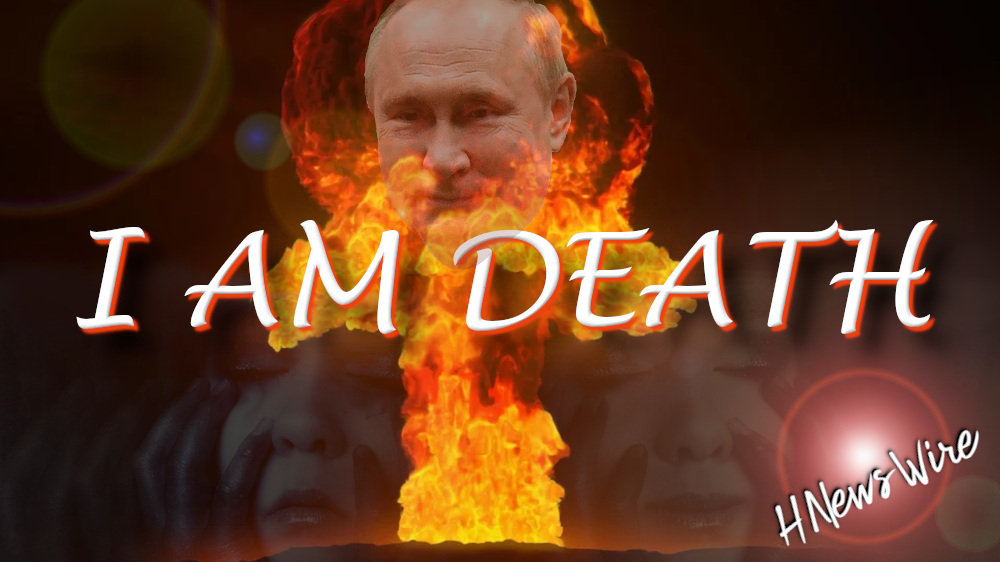

Newsletter
Orphans

Editor's Bio

